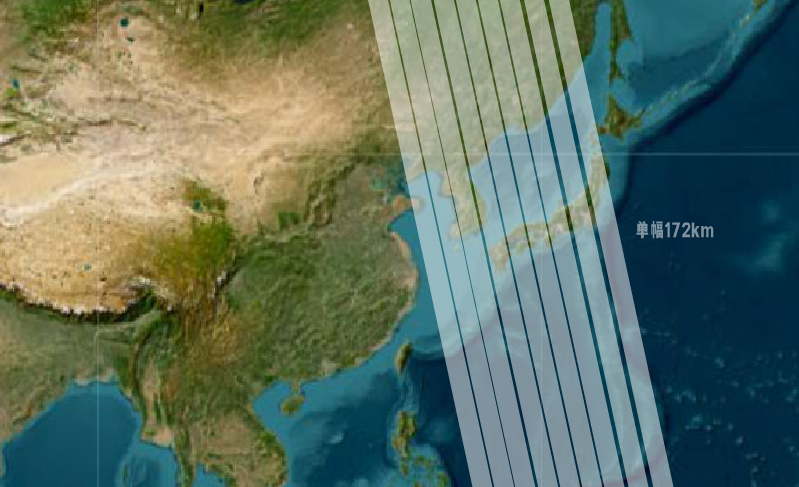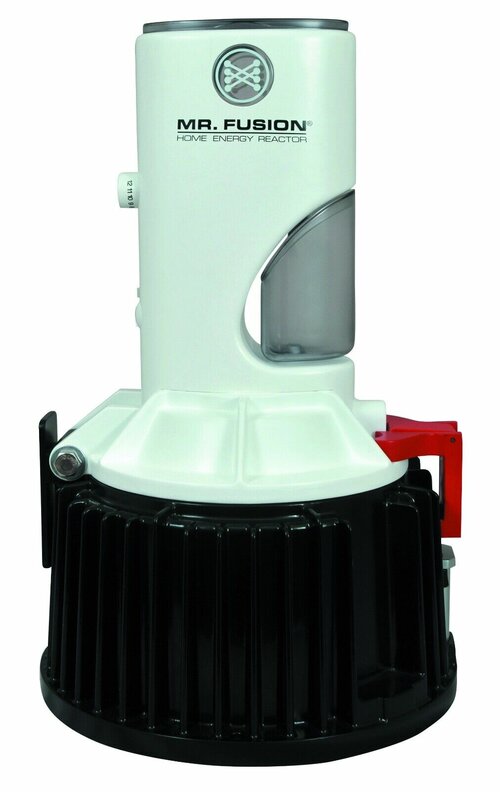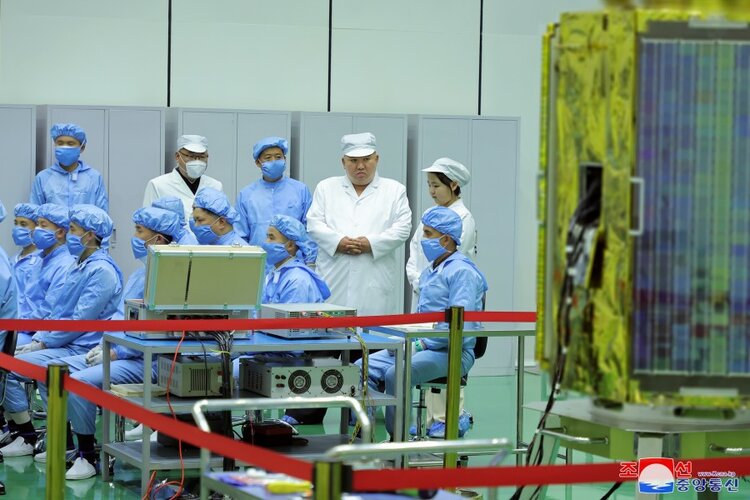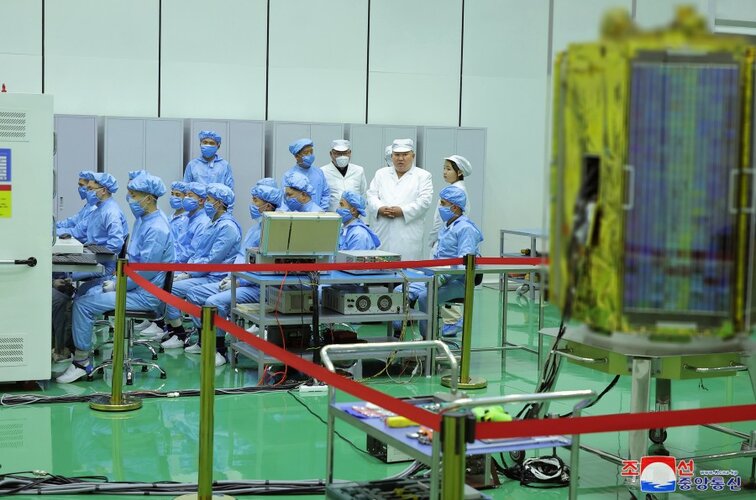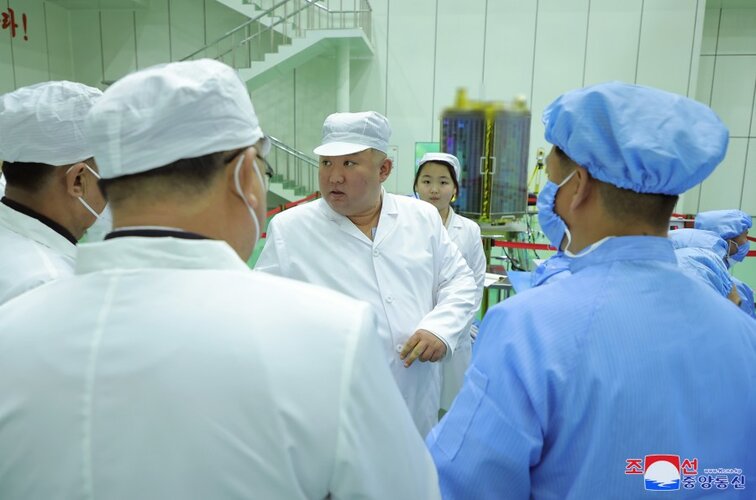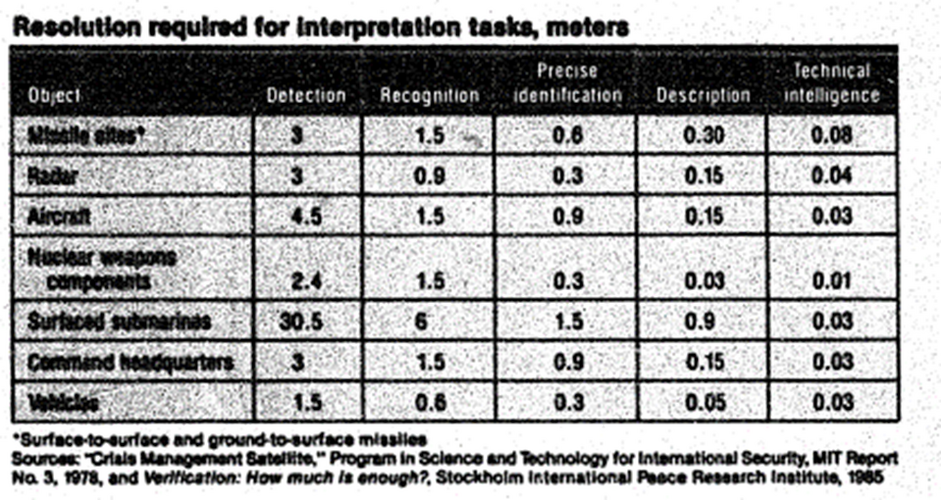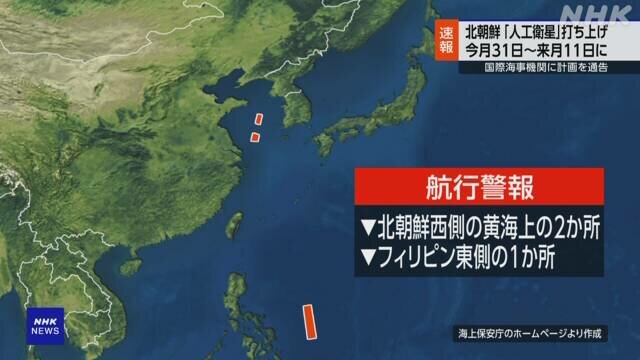1.The start
A report was made on the work of the Seventh Central Committee of the Party from January 5 to 7, Juche 110 (2021) at the Eighth Congress of the Workers' Party of Korea (WPK).
In this report, we can easily find the following interesting contents:
Original KCNA text
At first, this did not give me much hope for Ether, but after the HS-8 test launch, I began to wait for the news of the new satellite, and North Korea did not keep me waiting.
During several missile tests this year (2022), new satellite test components were sent into the space with missiles. Some of its images allow us to see the capabilities of North Korea's future military satellites
2.What did they test ?
In February 27 and March 5, 2022 , North Korea conducted two "Important Test for Developing Reconnaissance Satellite":
Original KCNA text
The first test (2022.2.27) is the most critical of the two tests, because in later reports, some of the photos taken in this experiment were shown. Although they were blurred, they could still be analyzed.
3.What image we get ?
In March 10, 2022, Kim Jong Un inspected the National Aerospace Development Administration (NADA), and in the report photos, we got these images:
P1:

P2:

Although these photos are blurred, we can make them as clear as possible through deconvolution. by this way, we can get more information than the original images.

4.My analysis

In P2, we can determine the shooting time, shooting area, shooting method, camera height when shooting, and possible resolution:
Photographic mode - vertical photographing
Shooting area - Pyongannam-do,Anju near by
Photographic height - 591km
resolution - Probably 2.0Xm (Panchromatic)
The values of resolution are ambiguous. How can we determine our conjecture? Let's look at the partially captured image shown in P1.
Combining my restored image with the three resolutions of the same area provided by 38N, it is easy to find that, despite being blurred, the resolution level is indeed close to the level of about 3m:

However, we still have one more information to analyze: The swath width.Through the overlay analysis of P2, we can get this data:

What this satellite may look like:
Kim Chaek University of Technology(KUT) showed a CGI in its own school news on the school website, which may show the future satellite's shape:

Interestingly, the shape is very similar to Kompsat-3/3A.
Now we can know the satellite details:
Working on ~600km SSO
Resolution ~2m
Swath width ~13km
Configuration may similar to Kompsat-3/3A
5.The future......
When Kim Jong Un Inspects National Aerospace Development Administration,he said:
Interestingly, the words about reconnaissance satellites at the end are vague in the English version, but this is very clear in the Chinese version:
It seems that a new satellite constellation is about to appear, and the space may be more lively in the future.
My English is not good. The above text is completed with translation software, I hope the meaning will not change too much.
A report was made on the work of the Seventh Central Committee of the Party from January 5 to 7, Juche 110 (2021) at the Eighth Congress of the Workers' Party of Korea (WPK).
In this report, we can easily find the following interesting contents:
Original KCNA text
The report made public with pride that the standard of the goal in the modernization of medium-sized submarine was set correctly and it was remodelled experimentally to open up a bright prospect for remarkably enhancing the existing subsurface operational capabilities of our navy, that the design of new nuclear-powered submarine was researched and was in the stage of final examination and the designing of various electronic weapons, unmanned striking equipment, means of reconnaissance and detection and military reconnaissance satellite were completed, and that other achievements were made in national defence research of gigantic significance in developing the People's Army into a powerful one with the strongest military muscle in the world.
At first, this did not give me much hope for Ether, but after the HS-8 test launch, I began to wait for the news of the new satellite, and North Korea did not keep me waiting.
During several missile tests this year (2022), new satellite test components were sent into the space with missiles. Some of its images allow us to see the capabilities of North Korea's future military satellites
2.What did they test ?
In February 27 and March 5, 2022 , North Korea conducted two "Important Test for Developing Reconnaissance Satellite":
Original KCNA text
Original KCNA textThe test helped the NADA and the Academy of Defence Science to confirm the characteristics and working accuracy of high definition photographing system, data transmission system and attitude control devices by conducting vertical and oblique photographing of a specific area on earth with cameras to be loaded on the reconnaissance satellite.
Through the test, the NADA confirmed the reliability of data transmission and reception system of the satellite, its control command system and various ground-based control systems.
The first test (2022.2.27) is the most critical of the two tests, because in later reports, some of the photos taken in this experiment were shown. Although they were blurred, they could still be analyzed.
3.What image we get ?
In March 10, 2022, Kim Jong Un inspected the National Aerospace Development Administration (NADA), and in the report photos, we got these images:
P1:
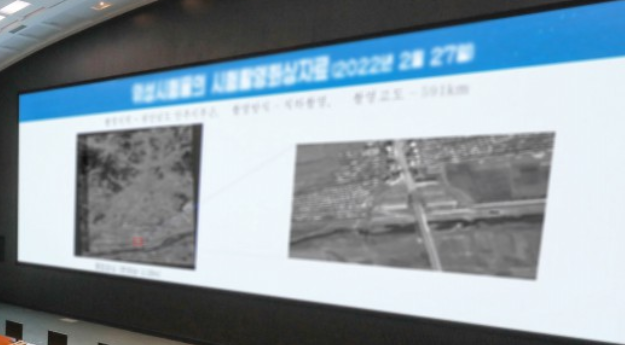
P2:

Although these photos are blurred, we can make them as clear as possible through deconvolution. by this way, we can get more information than the original images.
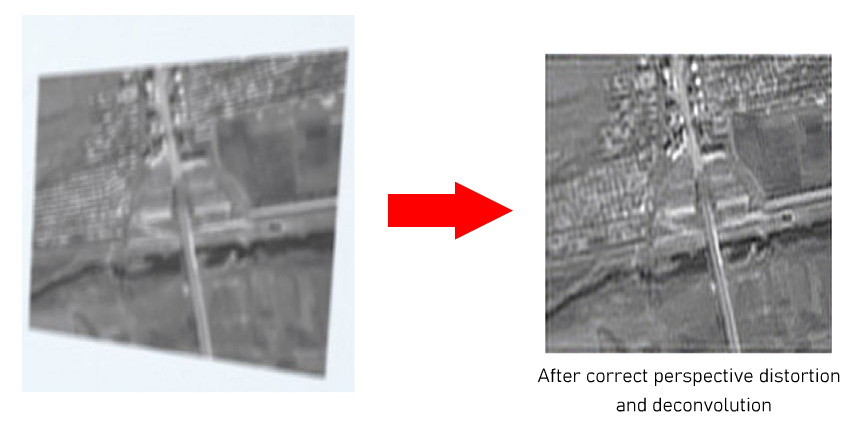
4.My analysis

In P2, we can determine the shooting time, shooting area, shooting method, camera height when shooting, and possible resolution:
Photographic mode - vertical photographing
Shooting area - Pyongannam-do,Anju near by
Photographic height - 591km
resolution - Probably 2.0Xm (Panchromatic)
The values of resolution are ambiguous. How can we determine our conjecture? Let's look at the partially captured image shown in P1.
Combining my restored image with the three resolutions of the same area provided by 38N, it is easy to find that, despite being blurred, the resolution level is indeed close to the level of about 3m:
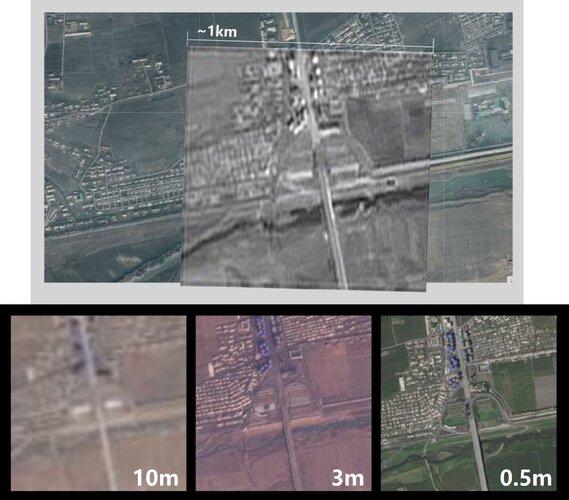
However, we still have one more information to analyze: The swath width.Through the overlay analysis of P2, we can get this data:
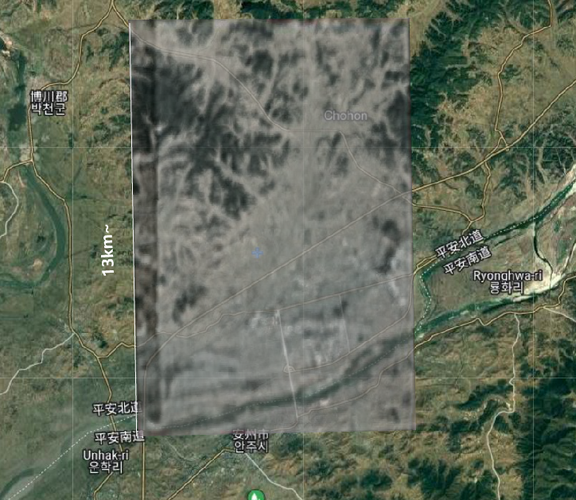
What this satellite may look like:
Kim Chaek University of Technology(KUT) showed a CGI in its own school news on the school website, which may show the future satellite's shape:
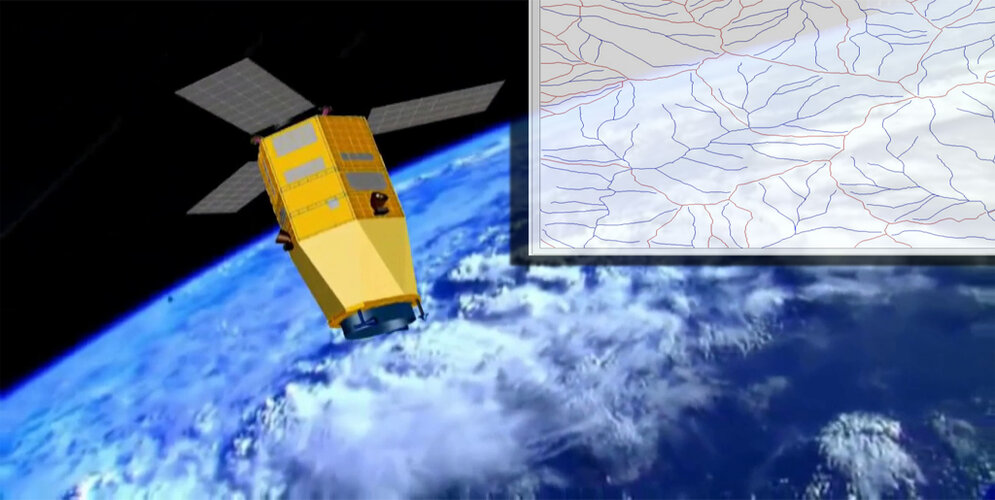
Interestingly, the shape is very similar to Kompsat-3/3A.
Now we can know the satellite details:
Working on ~600km SSO
Resolution ~2m
Swath width ~13km
Configuration may similar to Kompsat-3/3A
5.The future......
When Kim Jong Un Inspects National Aerospace Development Administration,he said:
it is our Party's important strategic and tactical policy on bolstering the national defence capability to keep a close eye on and distinguish the character of hostile military actions against the DPRK committed by the aggression troops of the U.S. imperialism and its vassal forces in and around the Korean Peninsula and enhance the capability for controlling situation and improve the rapid counteraction capability of the armed forces of the state according to the relevant situations. And he set forth the militant goals related to the development and operation of the reconnaissance satellite in the period of the five-year plan to implement this policy.
Interestingly, the words about reconnaissance satellites at the end are vague in the English version, but this is very clear in the Chinese version:
开发和运用军事侦察卫星的目的在于,向共和国武装力量实时提供美帝国主义侵略军及其追随势力在南朝鲜地区、日本地区和太平洋上的反朝军事行动情报,党中央全面支持国家宇宙开发局为实现这一目标,在五年计划期间把大量侦察卫星多角布置在太阳同步极地轨道上,筑牢依靠卫星的侦查情报搜集能力的决心。(During the five-year plan period, a large number of reconnaissance satellites will be placed in the sun synchronous polar orbit at multiple angles to strengthen the determination to rely on the satellite's ability to collect reconnaissance information)
It seems that a new satellite constellation is about to appear, and the space may be more lively in the future.
My English is not good. The above text is completed with translation software, I hope the meaning will not change too much.

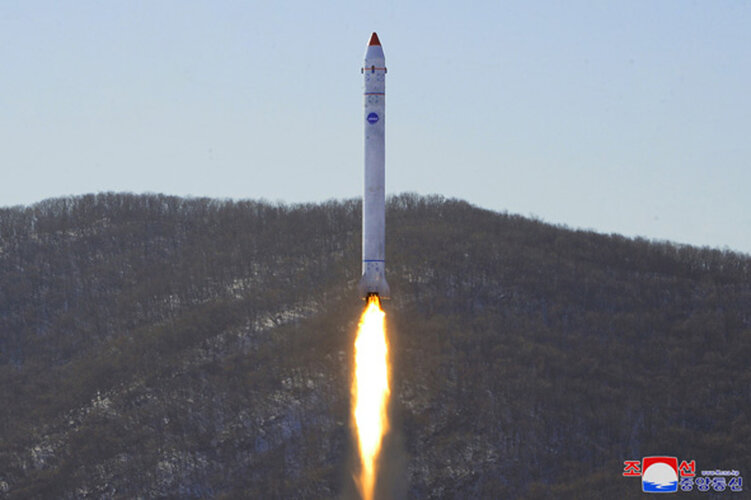
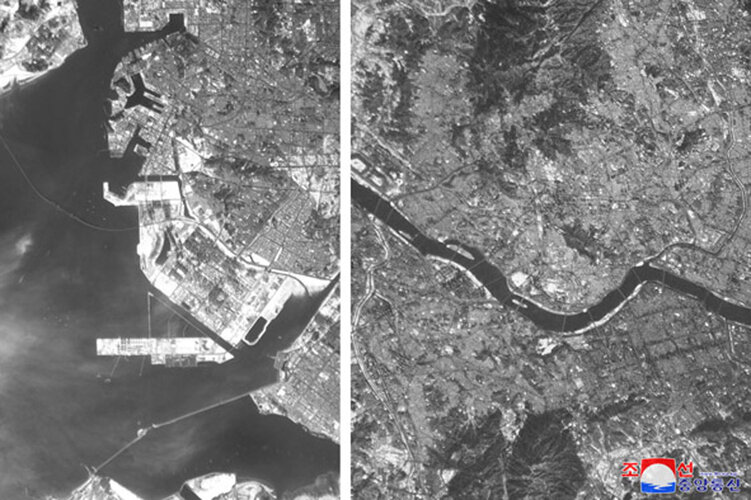

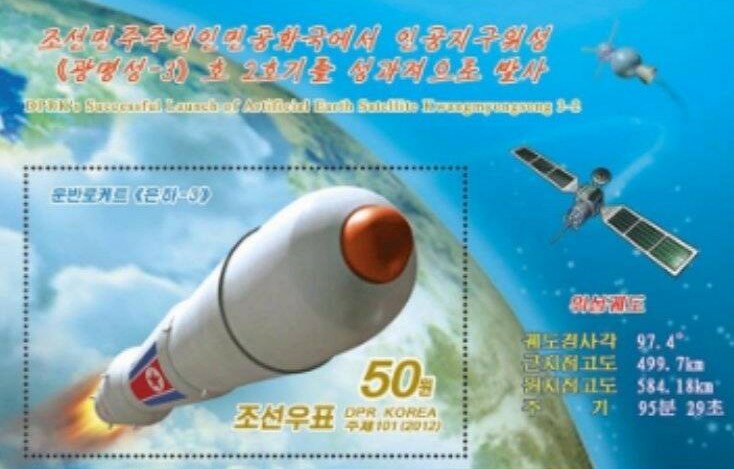
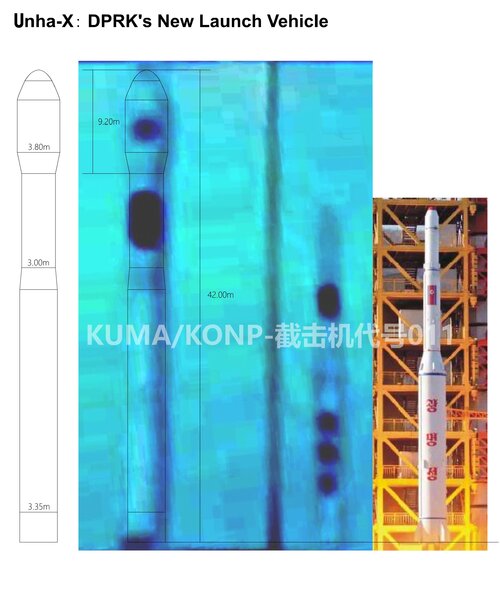
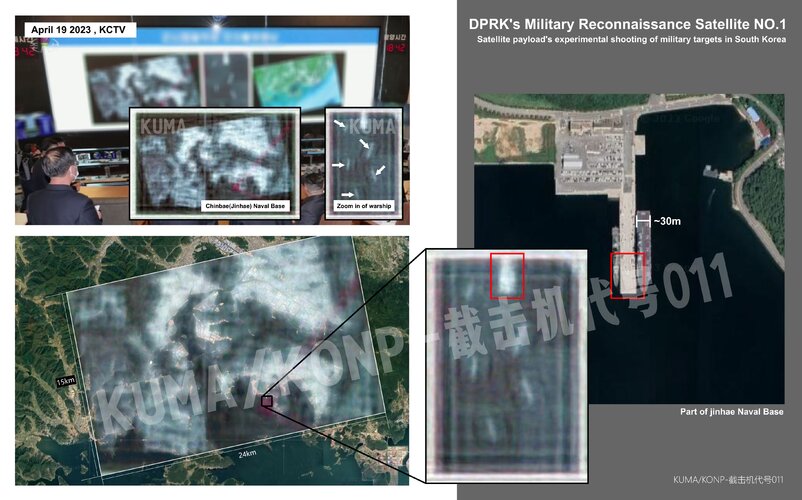
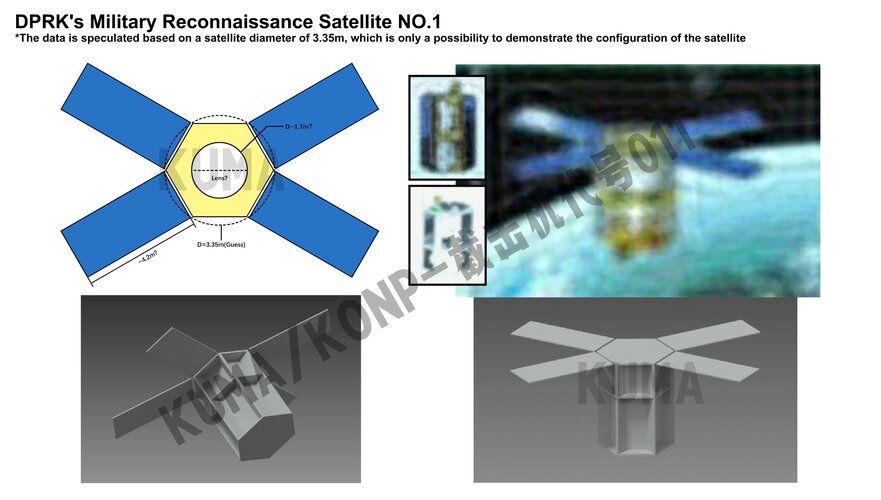
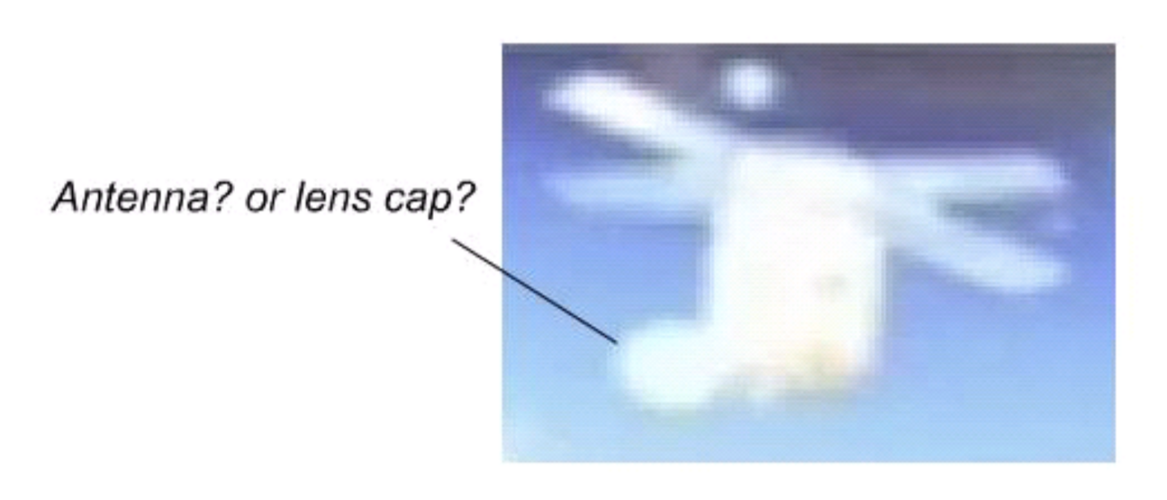
![SIRDQWHA%5{]]8{F9G(V)OX.png SIRDQWHA%5{]]8{F9G(V)OX.png](https://www.secretprojects.co.uk/data/attachments/233/233659-fde70c83a9277ecd650862d8cec6e3f1.jpg)
![]RVLQ5[HM_W[Q7SQ9LDJOF8.png ]RVLQ5[HM_W[Q7SQ9LDJOF8.png](https://www.secretprojects.co.uk/data/attachments/233/233660-b0c7830d5b6605a7859ec766c9c63398.jpg)
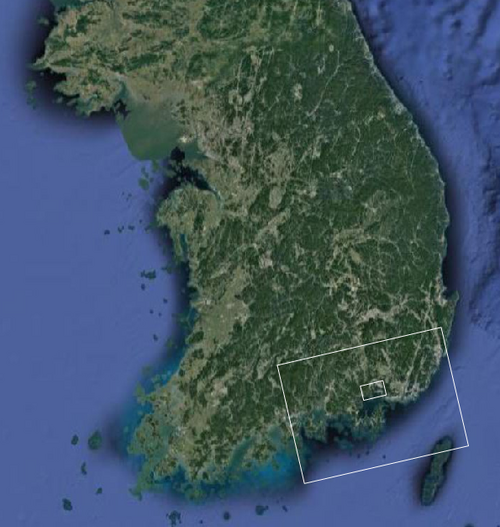
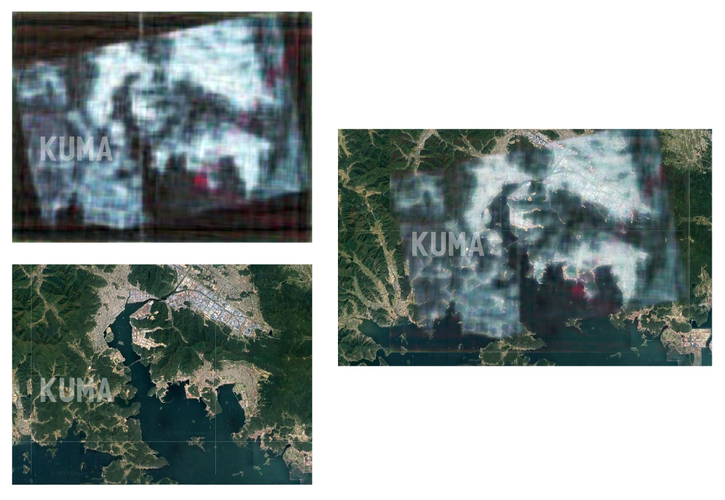
![0RZ]UVC~8JBQ474~CPQWG2P.png 0RZ]UVC~8JBQ474~CPQWG2P.png](https://www.secretprojects.co.uk/data/attachments/233/233697-99c1de602c88a981dd8e31f820ee5839.jpg)
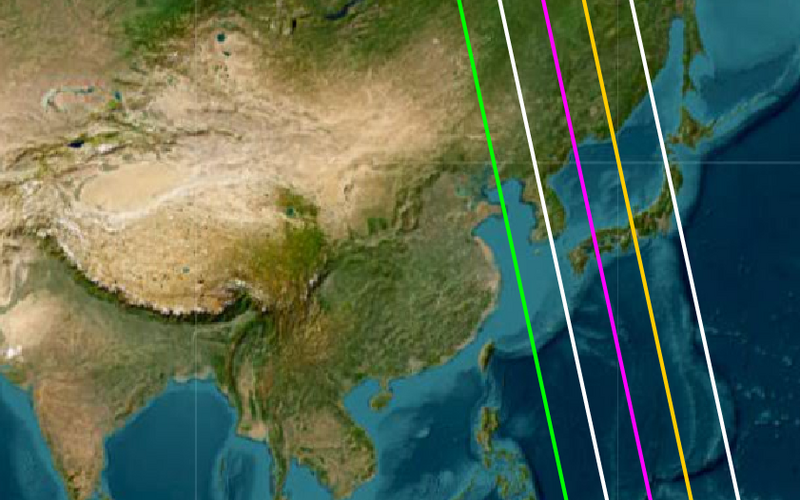
![Z)SSC@)TAUU]KU1)9N59WXQ.png Z)SSC@)TAUU]KU1)9N59WXQ.png](https://www.secretprojects.co.uk/data/attachments/233/233699-6ca16e3154e5482876966816a5dd9d74.jpg)
